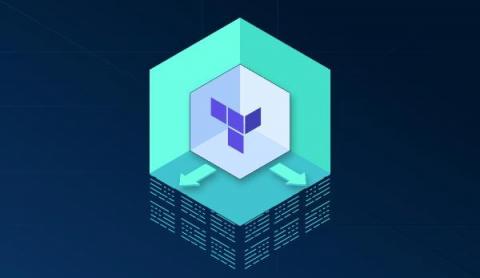Seamlessly Secure Your Cloud-Native Applications with D2iQ + Aqua
As businesses embrace cloud-native application development as a basis for modernization, the shift creates significant security challenges. D2iQ has partnered with Aqua Security to enable organizations to create a seamless DevSecOps experience that accelerates the deployment of secure smart cloud-native applications to prevent and foil cloud-native cyber attacks.











